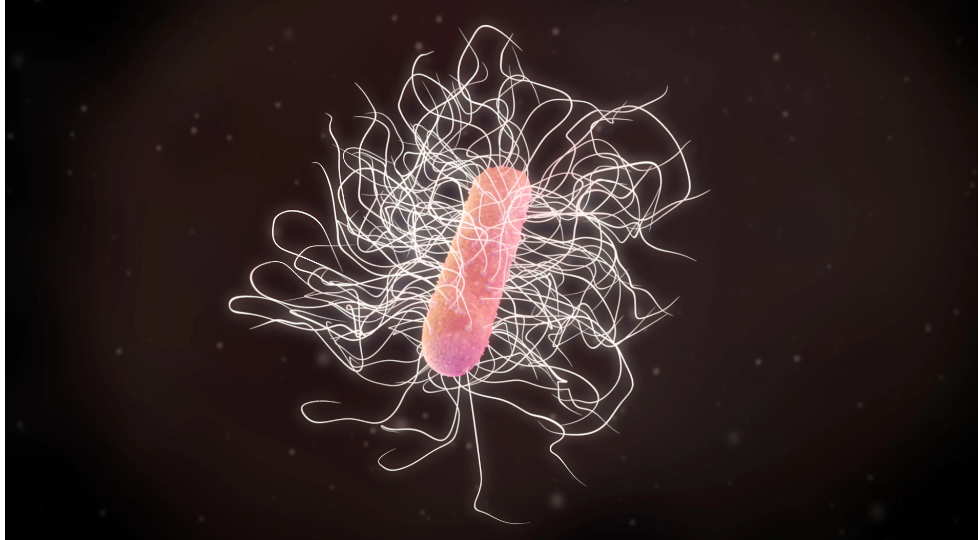Microbiota-Based Living Therapeutics Provide Similar Value to Ecological Restoration, Helping Patients With C. diff Restore Their Microbiota
Patients with C. difficile who received clonal bacteria populations via biotherapeutic injection were able to repopulate their microbiota with commensal bacteria.
Investigators suggest that engraftment—the transfer of clonal, or genetically identical, bacterial populations from a live biotherapeutic product into a patient and/or trial participant—had a clinal response in adult patients with recurrent Clostridioides difficile (C. diff) infections (rCDI), according to Ken Blount, PhD, in an interview with Pharmacy Times.
Credit: gaetan - stock.adobe.com.

Findings come from the PUNCH CD3 trial (NCT03244644) and were presented in an oral presentation, titled “Significant and durable microbiome compositional changes and clonal engraftment in a Phase 3 trial of RBX2660 for recurrent Clostridioides difficile infection” on May 8 at the 2023 Digestive Disease Week (DDW) in Chicago, Illinois.
“We believe this new paradigm for defining and measuring engraftment is an advance for the field that will deepen the way we analyze and understand how live biotherapeutics can potentially lead to positive clinical outcomes,” Blount said.
The treatment is called fecal microbiota, Live-jslm (FMBL) (Rebyota, Ferring Pharmaceuticals) and it is the first FDA-approved microbiota-based live biotherapeutic product indicated to prevent rCDI in adults aged 18 years and older who have already taken standard of care (SoC) antibiotics to treat rCDI. While SoC effectively destroys bacteria, it destroys both the good (Bacteroidia and Clostridia) and bad (Gammaproteobacterial and Bacilli)—the latter of whichwere predominant in patients with C.diff.
Think about a fire that destroys a forest, explained Blount. Following a fire, the forest becomesdepleted, but it can be restored and regrow through active intervention (such as planting new trees) or without intervention (such as allowing new growth to occur naturally). This concept of ecological restoration, defined by study authors as the process of repairing places in nature whose biological communities and ecosystems have been degraded or destroyed, can apply to restoring the microbiota.
Blount and team conducted the PUNCH CD3 trial, which was a post-hoc exploratory analysis, to understand how bacterial restoration looked different with or without intervention in patients previously treated with antibiotics.
Then they performed a second analysis to understand if the new bacterial populations werederived from the FMBL dose. In other words, “Is the new forest made of the trees we planted or trees that regrew on their own?” wrote investigators in the DDW presentation.
The results showed that FMBL treatment had effectively restored patients’ healthy bacteria populations in 1 week. In addition, investigators continued to observe healthy bacteria populations 6 months into treatment.
“Notably, Bacteroidia-class bacteria increased more in [FMBL]-treated responders compared to placebo-treated responders,” Blount said. The Bacteroidia-class bacteria were generally the best engrafters—16 of the top 30 engraftment species came from this class, while 9 were Clostridia.
The treatment arm restored a higher number of clonal populations than placebo; these populations were derived from the FMBL dose, which suggests that FMBL treatment has effective and high engraftment. The placebo group did not have any clonal populations derived from the FMBL dose, thus no engraftment occurred.
It is important to understand what aspects of post-antibiotic microbiota regrowth are caused by active intervention (FMBL) versus natural means (placebo) to guide future regrowth efforts, Blount said. The investigator adds that they will conduct further analysis of engrafted clonal populations and how they function within patients, along with more research about the effects of patient clinical or demographic characteristics on engraftment.
FMBL is a pre-packaged 150 mL single-dose microbiota suspension that contains between 1x108and 5x1010 CFU/mL of fecal microbes with more than 1x105 CFU/mL of Bacteroides. The controlled formula should be administered rectally by a health care provider, with no bowel preparation or colonoscopy needed.
“Collectively, we hope that our current and future analyses will continue to push the field to a greater understanding of how microbiota-based live biotherapeutics may be working,” Blount said.
Reference
Claypool J. Significant and Durable Microbiome Compositional Changes and Clonal Engraftment in a Phase 3 Trial of Fecal Microbiota, Live-jslm for Recurrent Clostridioidesdifficile Infection. Presented at Digestive Disease Week; May 8, 2023, in Chicago, Illinois.
